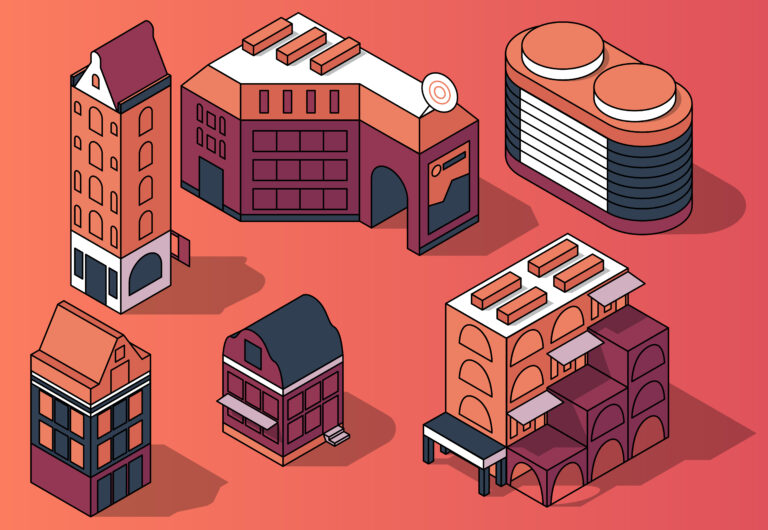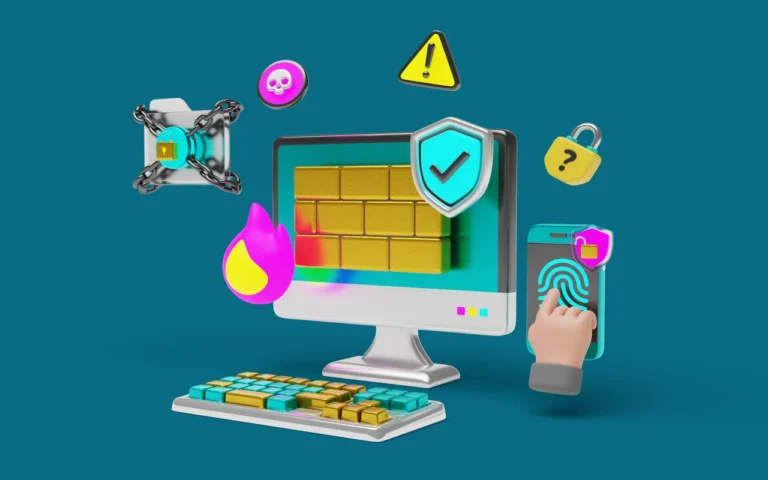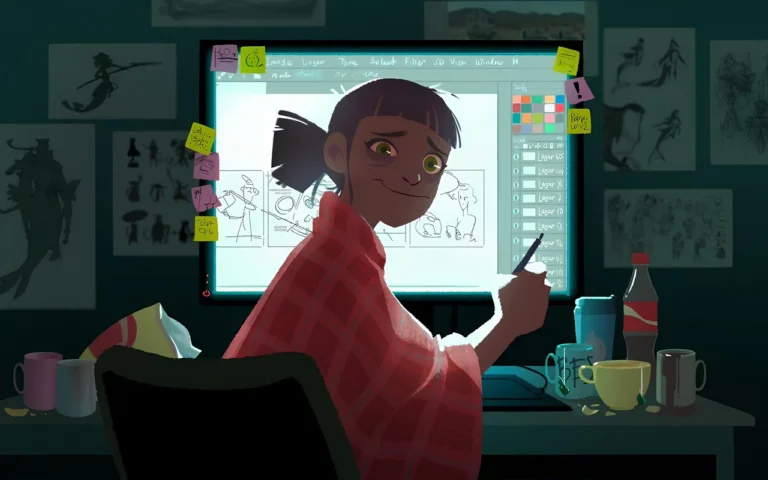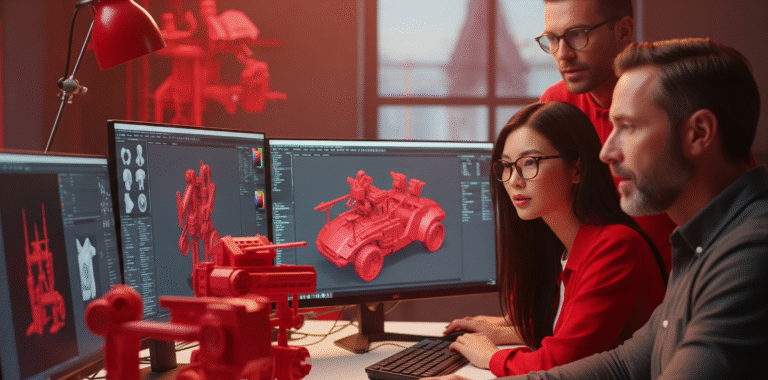3D graphics are three-dimensional representations of objects, characters, and environments created using computer software.
A 3D-oriented career in a successful animation studio can be exciting and rewarding for creative and technical-minded individuals.
If you feel a dopamine rush when you look at 3D graphics and enjoy working with computer programs, you should probably consider a career in 3D.
There are many interesting career options related to 3D graphics and 3D animation. In this guide, we will discover some of the main 3D roles in the industry and their major responsibilities.
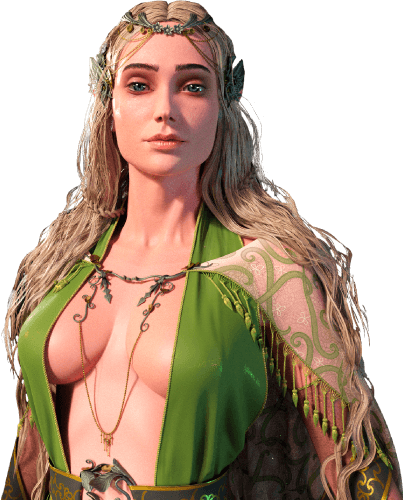
Need 3D Animation Services?
Visit our 3D Animation Service page to see how we can help bring your ideas to life!
Core Career Paths in 3D - An Overview
The 3D industry offers a spectrum of career paths, each requiring a mix of creativity, technical skill, and specialized tools.
These roles contribute to projects in gaming, animation, film, and emerging fields like Augmented Reality (AR).
Main career paths in 3D graphics include:
- 3D Modeling and Sculpting: Creating models for characters, props, and environments, using Polygon Modeling or Digital Sculpting.
- Texturing and Shading: Applying realistic textures and materials via UV Mapping and PBR Texturing.
- Rigging and Animation: Building bone systems and animating models for dynamic motion in 3D Animation.
- Game Development: Designing assets and mechanics for interactive experiences, often with Realtime Rendering.
- Visual Effects (VFX) and Motion Graphics: Enhancing films and ads with effects, as in Avatar: The Way of Water.
- Architectural Visualization: Rendering designs for real estate and architecture using CAD Software.
Popular 3D Jobs and What They Do
Now, we’re going to discuss each 3D career path individually and explore its features, benefits, and possible obstacles.
3D Modeler
As the name implies, a 3D modeler creates 3D models.
Key responsibilities of a 3D modeler include:
- Mesh Creation: Manipulating points and edges in Autodesk Maya or Blender to form models based on concept art.
- Topology Optimization: Ensuring clean Topology for animation, with High-Poly and Low-Poly Models tailored to project needs.
- Collaboration: Working with other artists to create models for UV Mapping, as in Inside Out 2.
3D modelers use programs like Maya or Blender to create and refine 3D shapes based on sketches and reference images.
They ensure that 3D models have clean topology and optimize their polygon count based on the type of project they will be used in.
3D Sculptor
While 3D modelers create 3D objects by manipulating individual points and edges, 3D sculptors use digital brushes to deform and mold 3D shapes, much like clay artists.
Core tasks include:
- High-Poly Sculpting: Molding shapes with digital brushes in ZBrush, ideal for detailed characters in God of War Ragnarök.
- Detail Enhancement: Adding intricate features like skin pores or scales, later optimized for Low-Poly Models.
- Retopology: Converting high-poly sculpts into animation-ready meshes, often paired with Blender.
3D sculpting and 3D modeling are both particularly suited for creating organic shapes like characters and creatures, with 3D sculpting being a more intricate option. 3D Sculptors use software like Zbrush and Blender for their work.

Texture Artist
Texture artists create and apply textures to 3D models. By default, 3D models do not have any material or color.
Key duties include:
- UV Mapping: Creating 2D maps to wrap textures onto models, using Substance Painter or Mari.
- PBR Texturing: Crafting physically-based textures for realistic lighting, as in Star Wars Jedi: Survivor.
- Material Creation: Designing shaders for effects like metal or skin, often in Blender or Maya.
Rigging Artist
A rigging artist creates and applies bone systems to 3D models.
Main tasks include:
- Bone Systems: Creating skeletal rigs in Autodesk Maya or Blender for characters, as in Elemental.
- Weight Painting: Adjusting how bones influence mesh areas, ensuring smooth deformations during animation.
Inverse Kinematics: Setting up systems for natural limb movements, vital for humanoid characters in 3D Animation.
3D Animator
A 3D animator breathes life into models by creating dynamic movements, from character actions to object animations.
Core responsibilities include:
- Keyframing: Setting poses across frames in Maya or Cinema 4D, as in Puss in Boots: The Last Wish.
- Motion Analysis: Studying real-world movements to create realistic animations, like character walks in Arcane.
- Scene Integration: Animating multiple elements in a scene, ensuring cohesive motion for Film and VFX Industry projects.
Game Developer
Game developers are usually programmers who create the logic and gameplay mechanics for a game.
Their major responsibilities include:
- Scripting: Writing code in C# or C++ for gameplay, using engines like Unreal Engine or Unity, as in Baldur’s Gate 3.
- Visual Scripting: Using node-based systems in Godot Engine for rapid prototyping, popular among indie developers.
Asset Integration: Importing 3D models and animations into game engines for seamless performance.
3D Game Artist
3D Game artists handle various tasks in the game production pipeline.
Their key duties include:
- Asset Creation: Modeling characters and props in Blender or Maya, as in Hollow Knight: Silksong.
- Environment Design: Game artists or 3D environment artists build game worlds with lighting and atmosphere in Unreal Engine, like *God of War Ragnarök.
- VFX and Animation: Creating effects like explosions or animating characters, often using 3D Model Marketplace assets.
- 3D game art outsourcing also require visual effects like blood, water, fire, explosions, and spells that are created by game artists as well.
Read More: 13 Game Artist Careers
VFX Artist
VFX artists create effects and composite 3D animations with live-action, enhancing cinematic visuals.
Main duties include:
- Effect Creation: Designing effects like fire or water in Houdini, used in Mission: Impossible – Dead Reckoning Part Two.
- Compositing: Blending 3D elements with footage in Nuke or After Effects, as in Avatar: The Way of Water.
- 3D Integration: Animating creatures or objects for seamless integration, like sandworms in Dune: Part Two.
Motion Graphics Artist
Motion graphics is an exciting career option in 3D art. 3D Motion graphics artists create animated videos that captivate audiences with eye-catching movements, transitions, and effects.
Key responsibilities include:
- Animated Videos: Crafting intros like Netflix’s logo animation (2023), using Cinema 4D or Blender.
UI Animations: Collaborating with UI/UX artists, they animate app interfaces, as in Adobe XD prototypes, with After Effects. - Marketing Content: Creating dynamic ads, like Nike’s campaigns, with Realtime Rendering effects.
Architectural Visualizer
3D design has become a popular method of creating visualizations and simulations for various industries. An architectural visualizer is an architect who uses 3D design programs to create visualizations for actual architectural projects.
Core tasks include:
- Interior/Exterior Renders: Designing spaces in 3Ds Max or Lumion, used in real estate projects.
- Real-Time Visualization: Creating interactive walkthroughs in Unreal Engine for client presentations.
- Material Application: Applying realistic textures via PBR Texturing for lifelike renders.
Essential Tools of the Trade!
As with most expert-level careers, 3D roles also rely on specialized software to create, animate, and render assets.
These tools are the backbone of the animation and visual production industry, enabling artists to bring their visions to life.
Some of the widely used software tools for 3D graphics are:
- Autodesk Maya: Industry-standard for 3D Modeling, Rigging, and 3D Animation.
- Blender: Free, versatile tool for modeling, sculpting, and rendering, popular for indie projects.
- ZBrush: Leading software for Digital Sculpting, ideal for high-poly characters.
- Substance Painter: Used for PBR Texturing and UV Mapping, essential for games.
- Unreal Engine: Powers real-time rendering and game development.
- Cinema 4D: Preferred for Motion Design, creating sleek visuals.
- Houdini: Excels in VFX and procedural simulations.
- 3ds Max: Popular for architectural visualization and rendering realistic interiors.
How to Start a Career in 3D
Like any other computer skill, starting 3D is as easy as downloading a program. The best way to start a career in 3D technology is through hands-on practice and getting good at whatever career path you are interested in.
The schematic view of the steps to launch your 3D career:
- Master the Tools: Start with free software like Blender or trial versions of Maya or ZBrush. Explore tutorials on YouTube, Udemy, or Gnomon Workshop.
- Explore Specializations: Experiment with 3D modeling, texturing, or 3D animation to discover your passion, creating assets like characters or props.
- Build a Portfolio: Showcase high-quality projects on ArtStation or a personal site, including renders and workflow breakdowns.
- Network in Communities: Share work on 3D Model Marketplace platforms like TurboSquid or join forums like CGSociety to connect with professionals.
- Start Freelancing: Take on small projects as a Freelance 3D Artist on Upwork or Fiverr to gain experience and build credibility.
- Stay Current: Follow trends in Virtual Reality (VR) and Realtime Rendering, attending events like SIGGRAPH or GDC.
Final Words
There are numerous career opportunities in 3D.
Choosing among various options can be confusing at first. We recommend trying different 3D disciplines to see which one you like more and what works for you.
3D is a hands-on field; you will never understand which workflow you enjoy more without trying.
There are many free animation software options you can download and jump right into 3D. Even paid software often comes with some free plans. 3D is an exciting field. If you consider yourself creative and you enjoy creating amazing visuals, it can be a rewarding career path.
